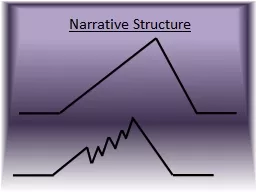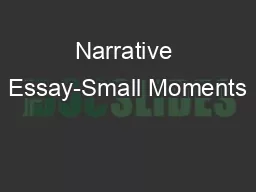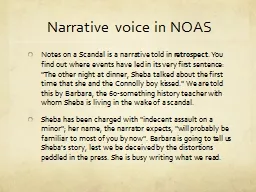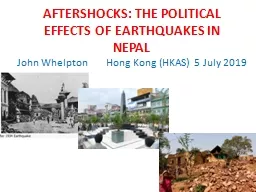PPT-Nepal Visual Narrative
Author : calandra-battersby | Published Date : 2017-08-17
Ria Guest Monarchy Where the statue of Prithvi Narayan Shah once stood Pink geraniums replaced him after the Maoists toppled it and dragged its head through the
Presentation Embed Code
Download Presentation
Download Presentation The PPT/PDF document "Nepal Visual Narrative" is the property of its rightful owner. Permission is granted to download and print the materials on this website for personal, non-commercial use only, and to display it on your personal computer provided you do not modify the materials and that you retain all copyright notices contained in the materials. By downloading content from our website, you accept the terms of this agreement.
Nepal Visual Narrative: Transcript
Download Rules Of Document
"Nepal Visual Narrative"The content belongs to its owner. You may download and print it for personal use, without modification, and keep all copyright notices. By downloading, you agree to these terms.
Related Documents














